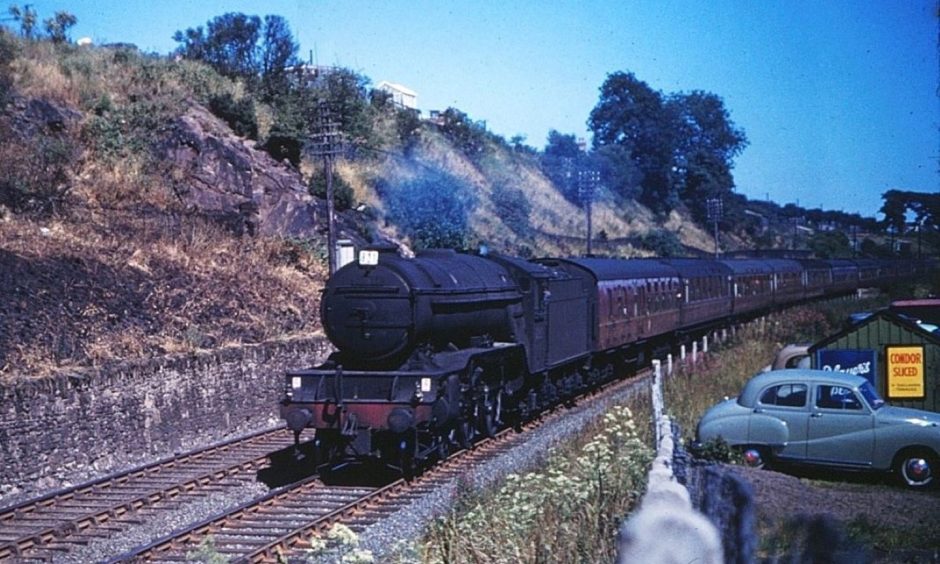
These images of wheels, pistons, and smoke provide a glimpse of a time when steam ruled supreme.
The click-clacking sound of steam engines thundering through Dundee was a familiar one for 100 years before they were replaced by diesel locomotives.
There was something magical about the sight of these impressive engines and they also had names like Blue Peter, Kingfisher, Mallard and Union of South Africa.
Less famous, but no less grand, were the stations.
Dundee East in its pomp was quite the sight.
Dundee West with its red sandstone clock tower was one of the city’s finest buildings.
The Tay Bridge Station originally opened with the new bridge in June 1878.
It was renamed Dundee and is the only one left.
Summer walks started railway love affair
The photographs were taken by Scott Cunningham from Dundee and hark back to a bygone era and show vanished streets and yards like the Caledon.
Scott is a member of the Angus Railway Group and has chronicled life on the tracks for the past six decades.
Scott lived in Craigiebank when his affinity for the tracks began in the early 1950s.
He watched steam engines rumbling past on evening walks in summer with his parents from his home in Craigiebank along the Grassy Beach to Broughty Ferry.
Here was the white heat of technology’s cutting edge.
Scott caught the bug following a ride on the footplate of A2 Pacific Sun Chariot with his dad as it was moved to the front of a southbound express at Tay Bridge Station.
These were the days prior to health and safety.
The pull of steam is still strong for Scott
“Like many boys at the time, I began collecting numbers, filling in time between trains with my weekly copy of The Wizard,” said Scott.
“My parents were always supportive of my interest and took me to more distant places.
“School turned to work and I spent five happy years working in Dundee Corporation before commencing a 30-year career in banking.
“Latterly, I travelled daily by train from Dundee, then Carnoustie, to Aberdeen, so I was never far from a railway.
“After being made redundant with the closure of the Aberdeen banking facility, I set up, with my wife Avril, a successful picture framing business.
“We retired that in 2020 during Covid.”
The couple have two sons and two grandchildren.
The engines might have changed but Scott enjoys passing the time in retirement sitting trackside to enjoy the view and take pictures of locomotives.
It’s a lifelong passion that endures to this day.
“The camaraderie from a long connection with the similarly minded in the Angus Railway Group is also much enjoyed,” he said.
“The pull of steam is still strong and any time a steam-hauled special passes through Dundee, many people line the trackside to view the spectacle.”
Fresh fish daily
London and North Eastern Railway (LNER) V2 Class locomotive No 60888 passing Caledon Shipyard in 1961 with a southbound fish train.
The fish train would run from Aberdeen to London Kings Cross and needed a fast transit, which meant being hauled at express speed of 70mph.
Carmyllie Pilot
The Carmyllie Pilot – plain old 46464 back then – at Stannergate in 1961.
She was finally withdrawn in August 1966, after only 16 years in service, and was saved from scrap by railway enthusiast Ian Fraser from Arbroath.
Hook, line and sinker
V2 Class No 60816 comes along Dock Street with a southbound fish train in 1962.
In warm weather there was a greater risk that the fish would go off because ice packed into the wooden boxes at the start of the journey would melt more rapidly.
Caledon Shipyard
Scott photographed an Aberdeen to Edinburgh Express passing the Caledon Shipyard with A2 Pacific No 60531 Bahram in 1961.
A bridge over the railway allowed the workforce direct access to the yard.
West Ferry Station
Spring 1962, and A3 Pacific No 60087 Blenheim approaches West Ferry Station with the 5.30pm Broughty Ferry to Edinburgh service.
“One of my favourite photographs of those I have taken,” said Scott.
“This train ran with a variety of large locomotives during this period.
“I was very lax in not taking more.”
Dundee Tay Bridge Shed
Class J37 No 64547 at the yard at Dundee Tay Bridge in 1966.
Scott said the locomotive had been specially prepared with white paint for working the last train from Montrose to Inverbervie on May 22.
Members of the public joined in by donning period costumes.
Sayajirao
A2 Class No 60530 Sayajirao facing out from Dundee loco shed in August 1966.
Scott said: “Most of this class of locomotive was named after racehorses, in this case one owned by the Maharajah of Baroda, which won the St Leger in 1947.
“The locomotive entered service in 1948, and ended its days allocated to Dundee.
“By coincidence, the racehorse died in 1966, the same year the locomotive perished.”
LNER V2 Class No 60813
LNER V2 Class No 60813 was among 184 locomotives built in 14 batches between 1936 and 1944 at Doncaster and Darlington Works.
Dundee had an allocation of these and they were used on both express passenger and fast freight traffic locally and throughout the East Coast main line.
The picture was taken in August 1966 and typical maroon carriages of the period can be seen on the track with Dundee’s Tower Building in the background.
No 60836 and No 61102
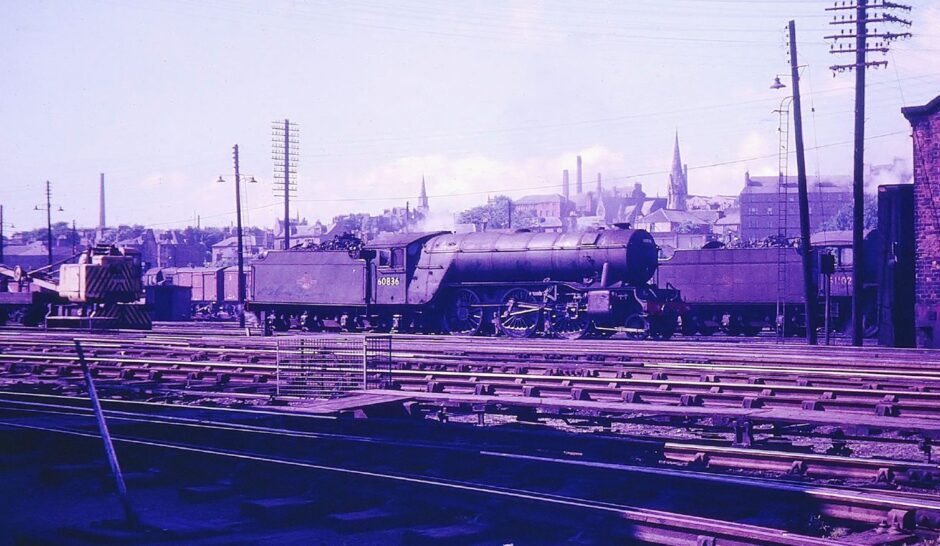
Another V2, No 60836 was photographed by Scott at Dundee on an unrecorded date in 1966 alongside B1 Class No 61102, which is just visible.
In the background there are chimneys from the city’s jute mills, which began closing in the 1950s and 1960s, taking with them the industrial heart of Dundee.
The Granite City
A4 Pacific No 60024 Kingfisher hauled the last steam-hauled train from Aberdeen to Edinburgh in September 1966.
Scott said Kingfisher was withdrawn from service the following day on September 5.
“Dundee West shed, used latterly for diesel multiple units, is on the left, and the huge coaling tower dominates the scene behind the train with the bigger shed behind.
“The Seabraes footbridge now stands at that spot.
“Most of the sidings are now also gone.”
Bahamas
Scott shared a couple of shots from his old haunt at Stannergate in recent times.
LMS Jubilee Class No 45596 Bahamas is photographed northbound at Craigiebank with the Great Britain Railtour 15 on April 19 2023.
Tornado
New build A1 Pacific No 60163 Tornado with an Aberdonian Railtour.
She is pictured passing the site of the former Caledon Shipyard on September 2 2021.
Trains have given Scott a timeless source of pleasure.
They still do.
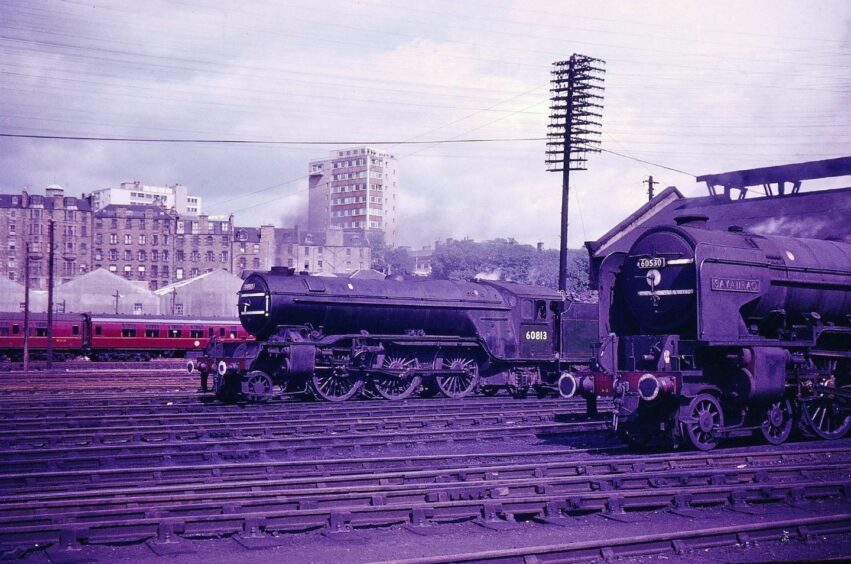
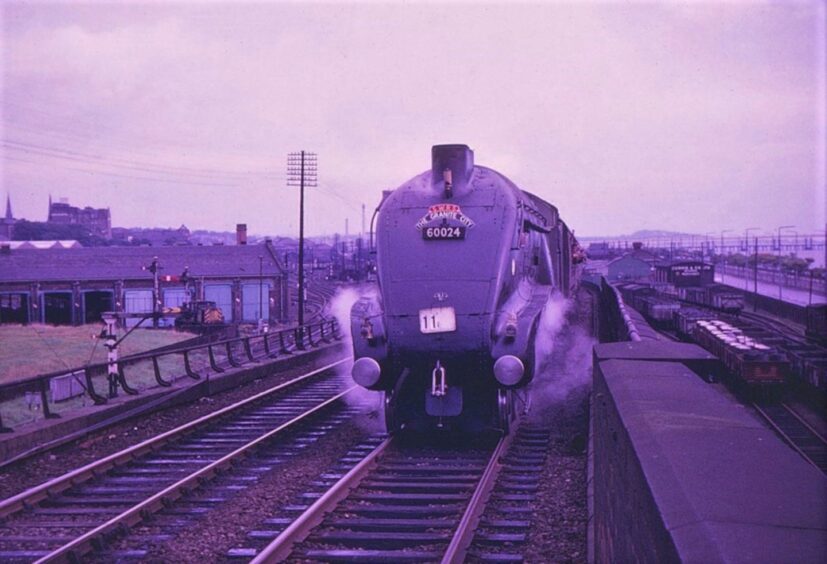
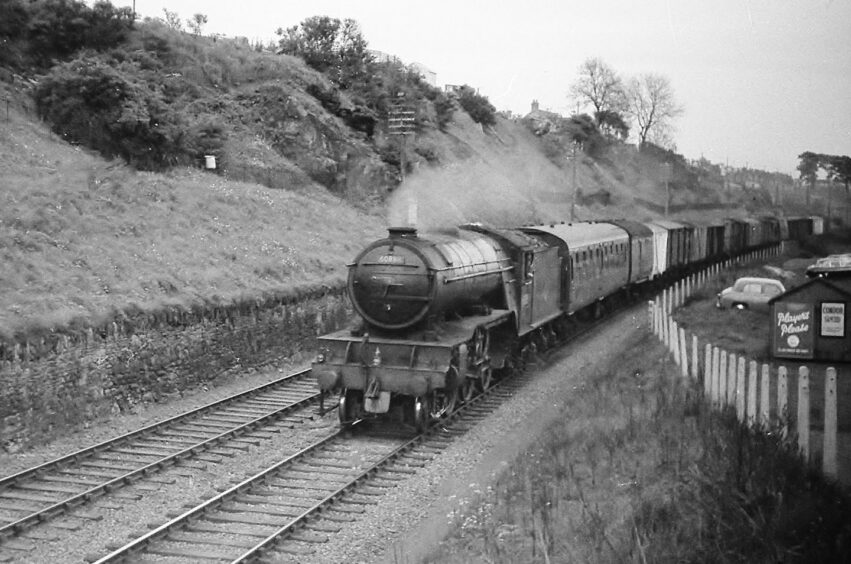
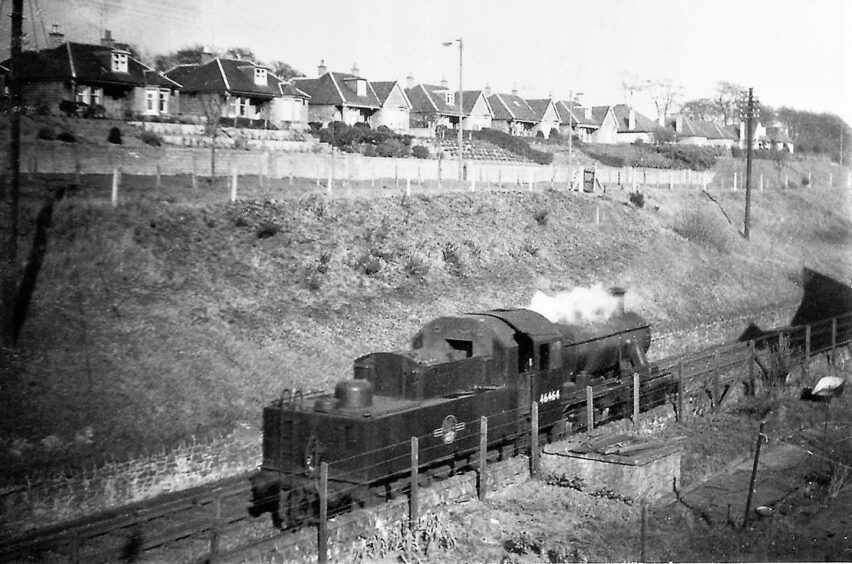
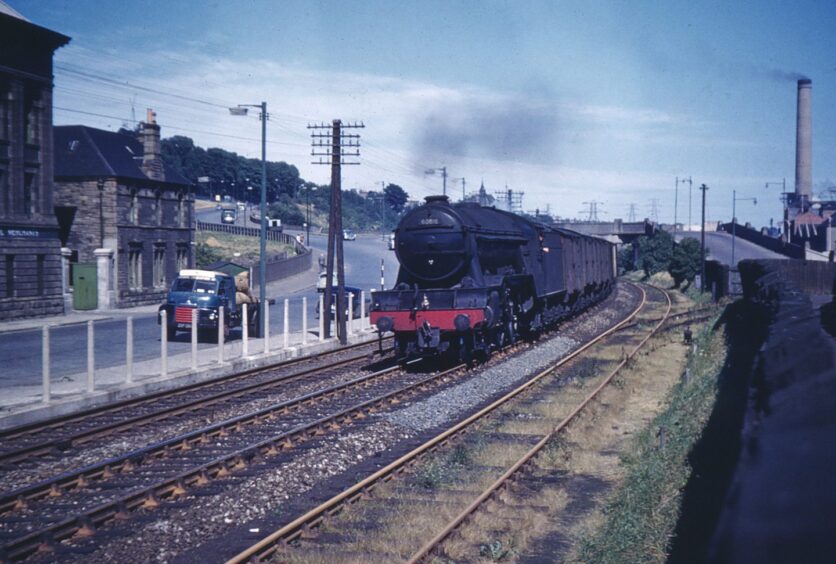
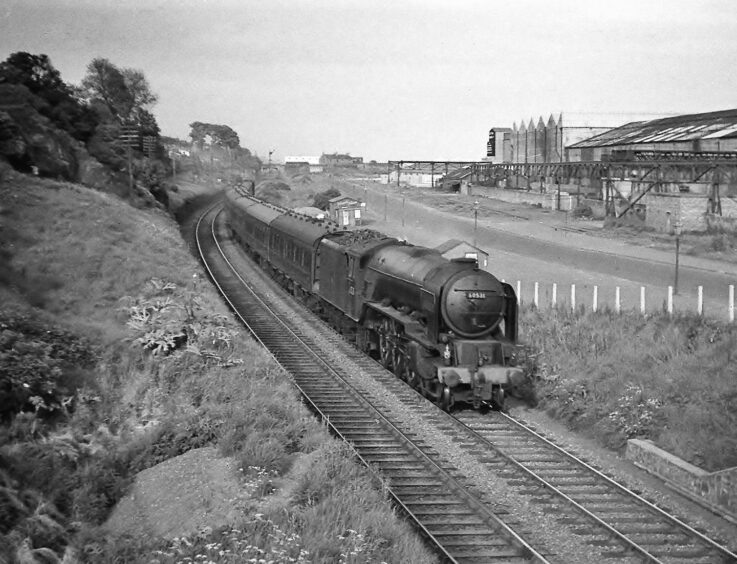
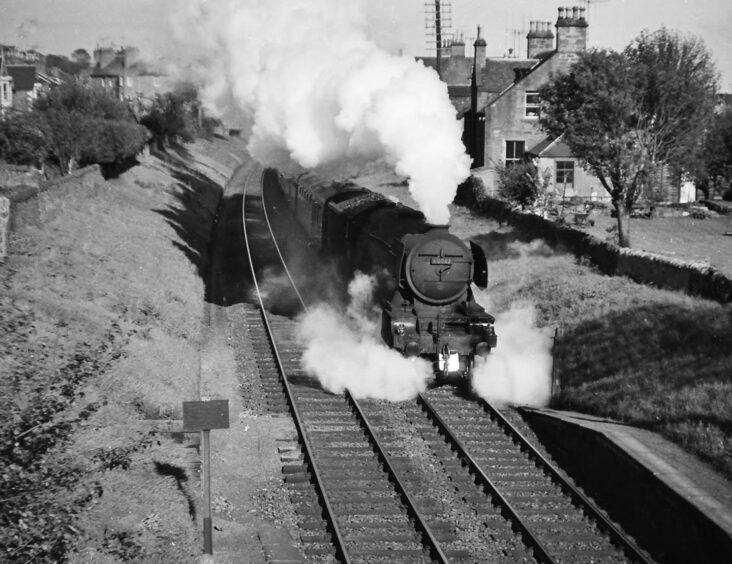
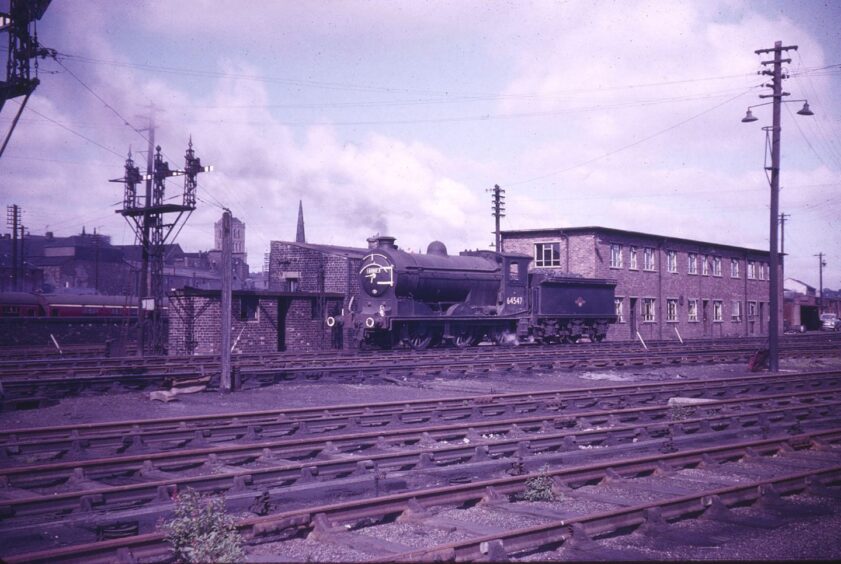
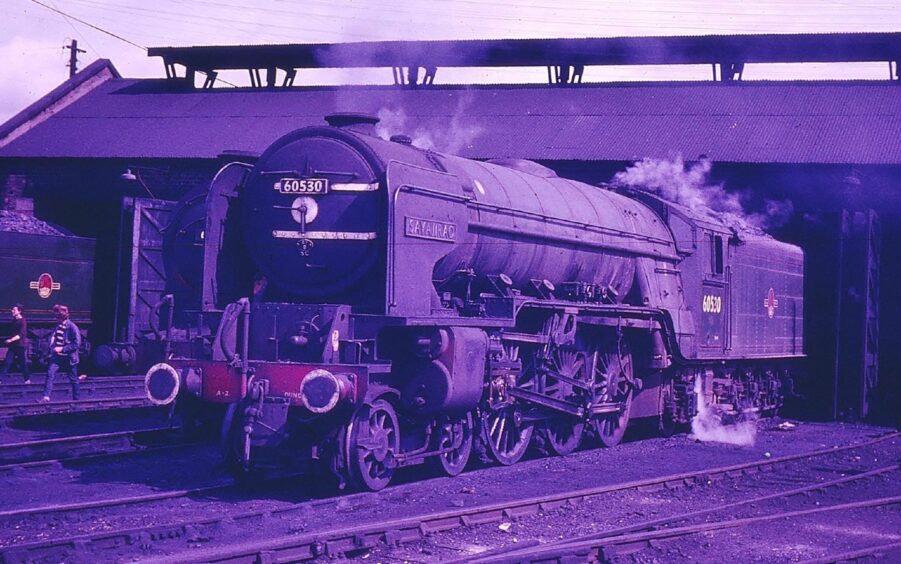
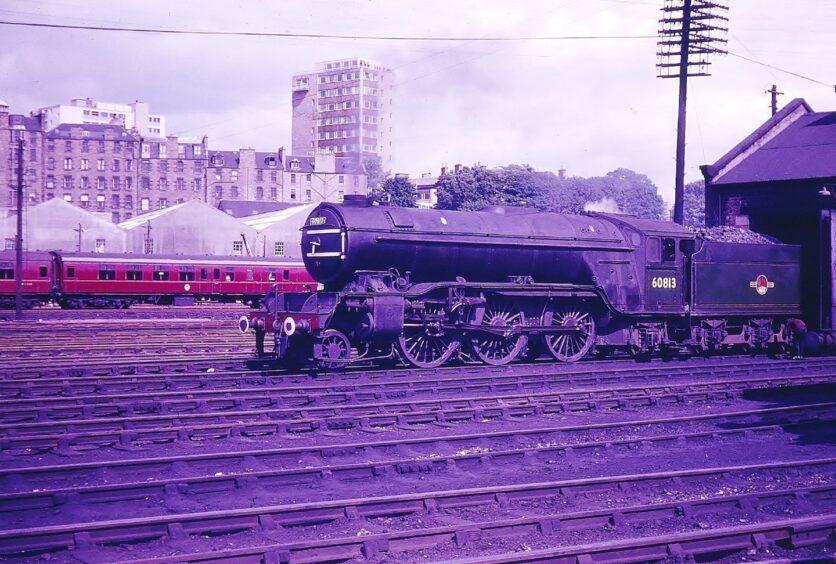
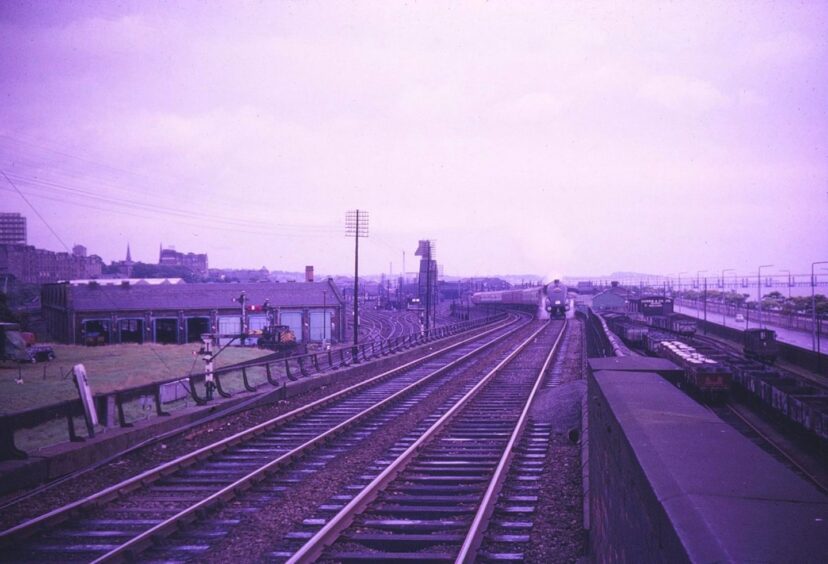
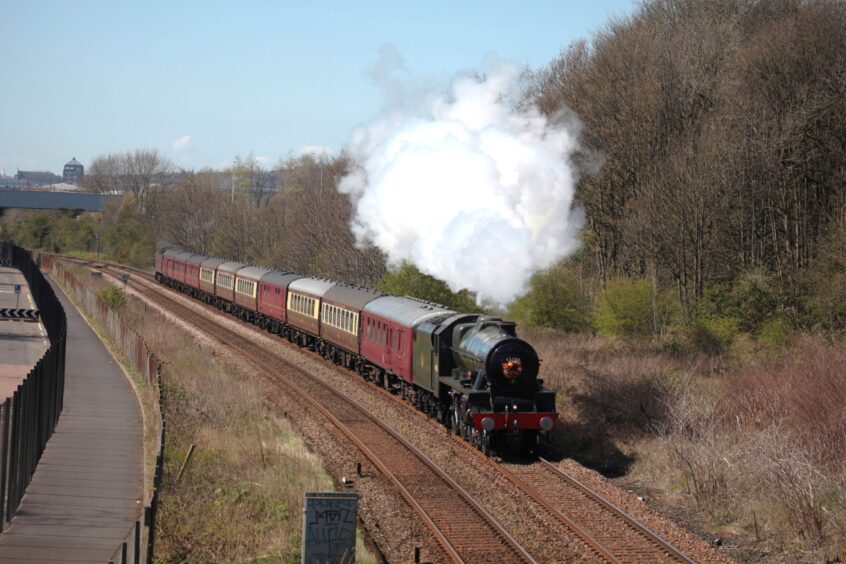
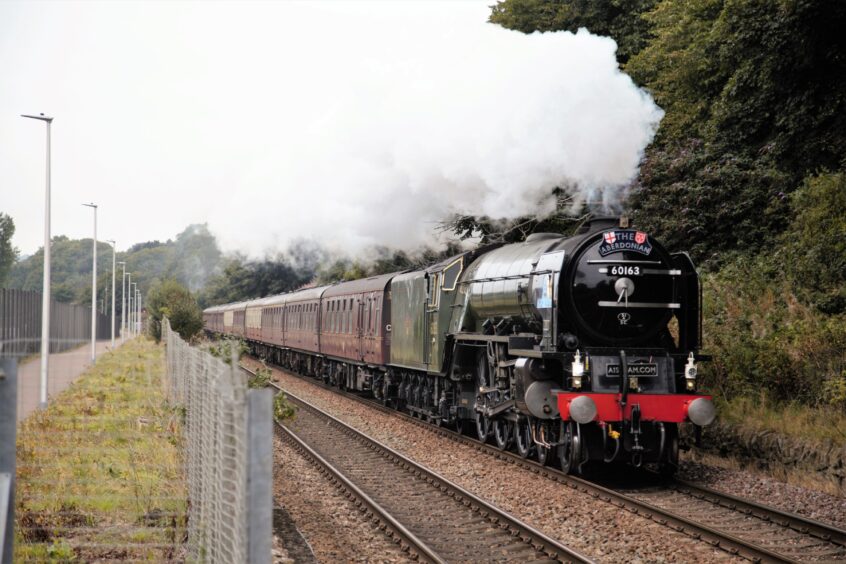

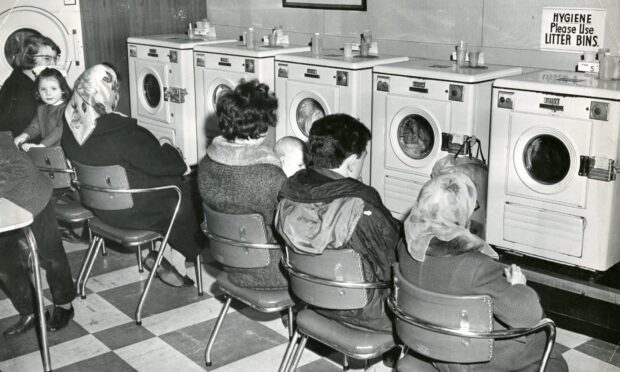
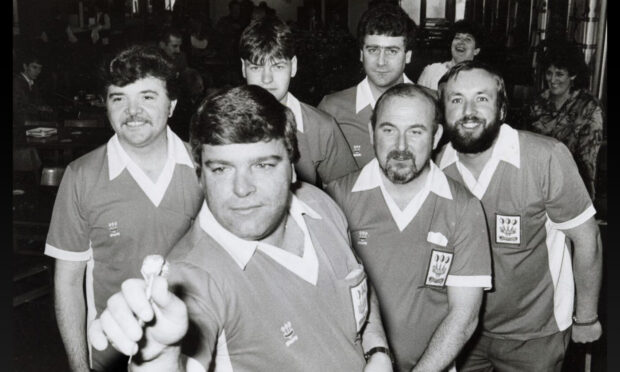
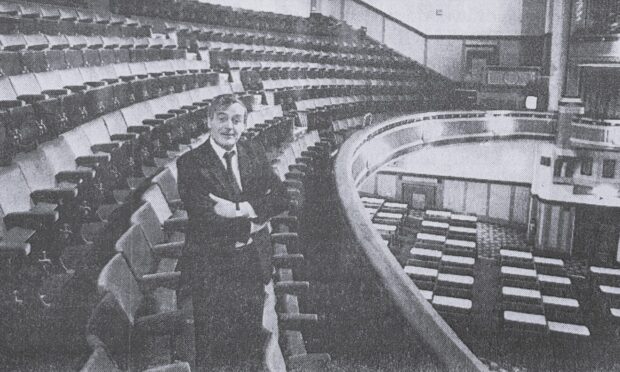
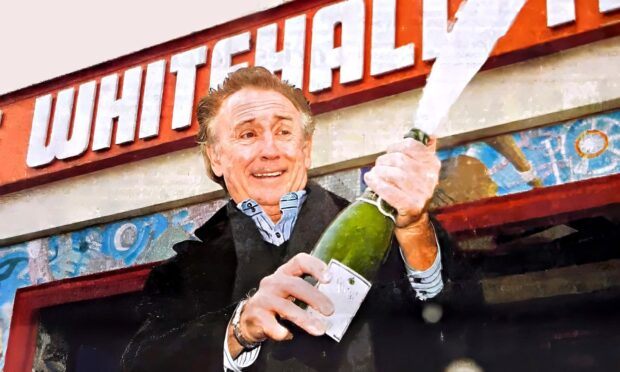
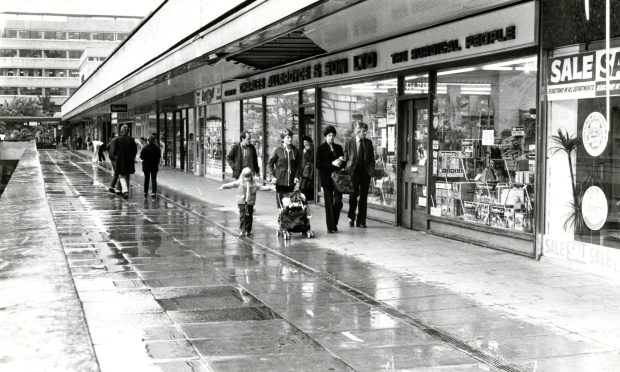
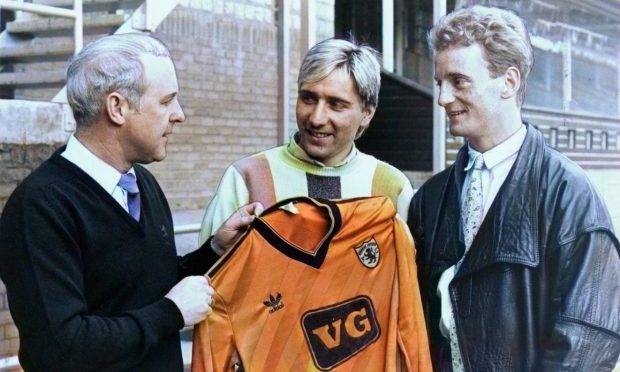
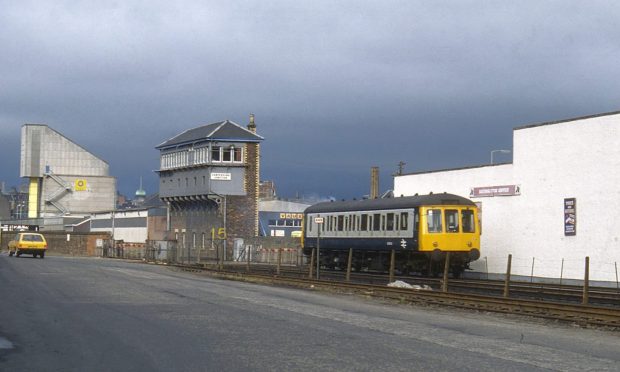
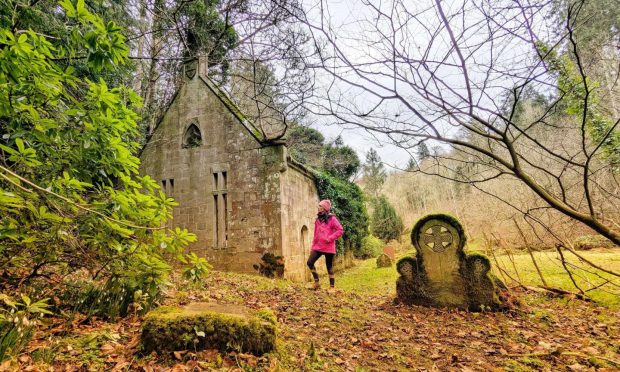

Conversation